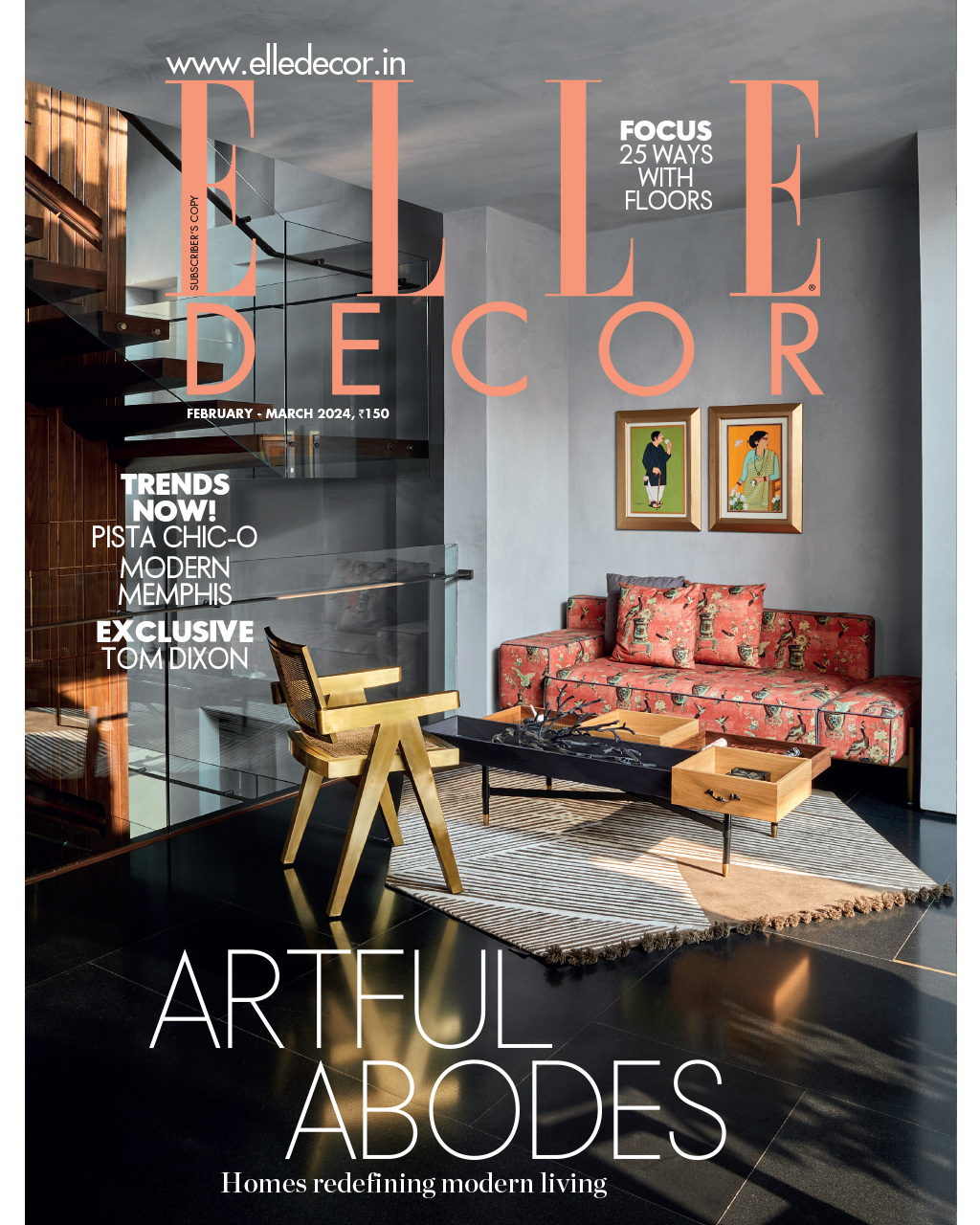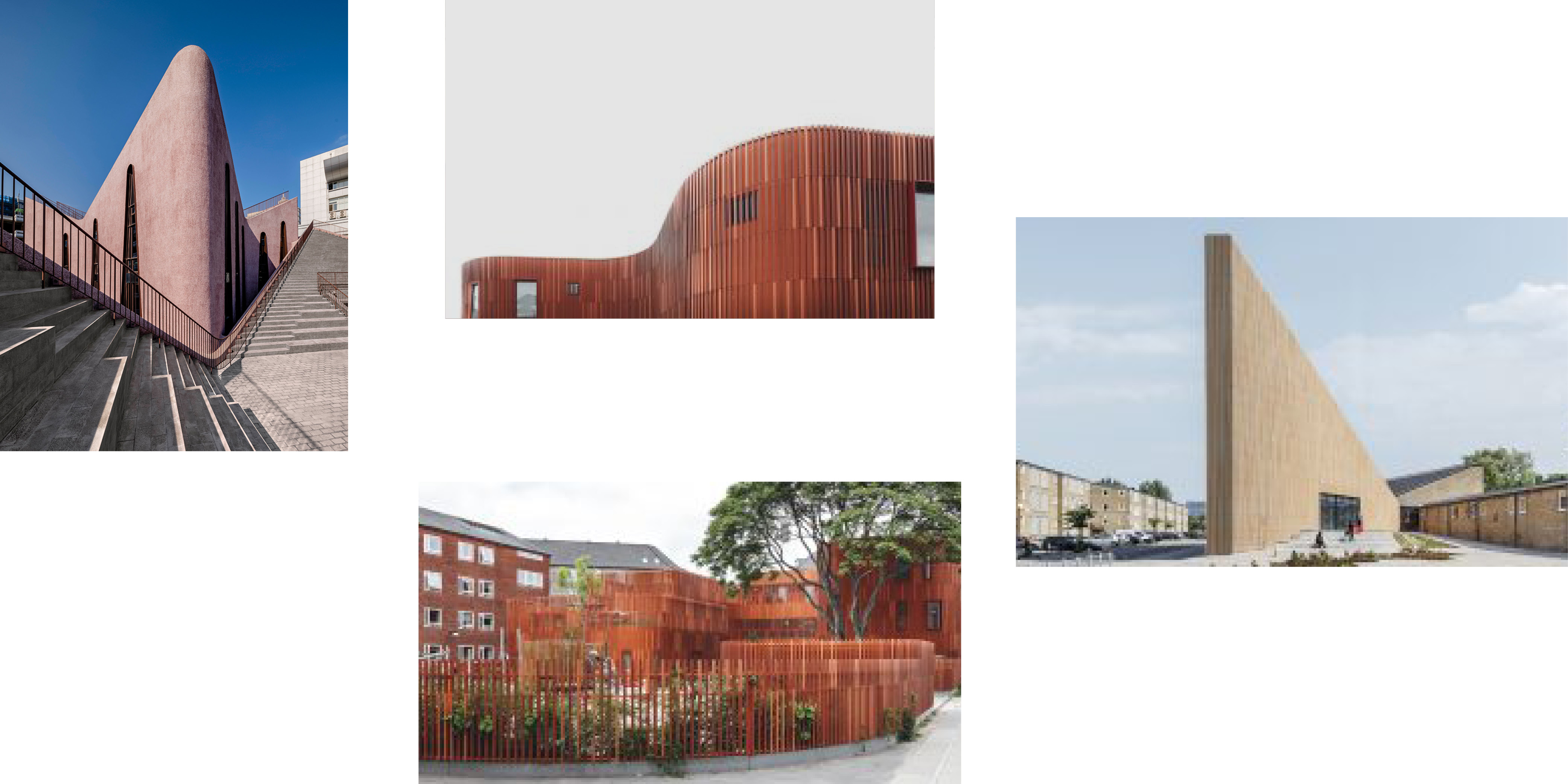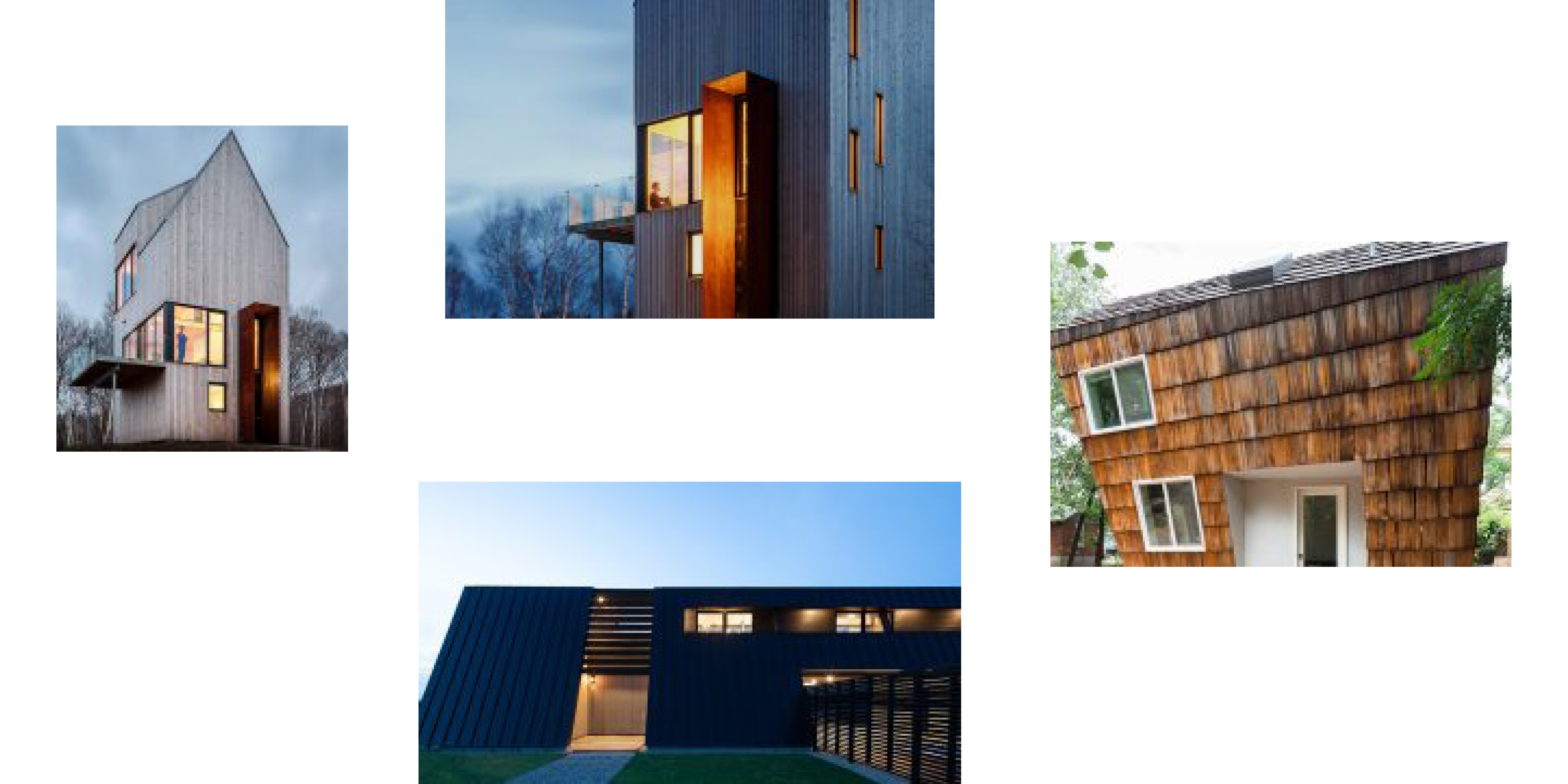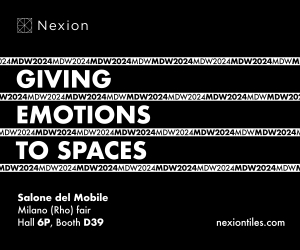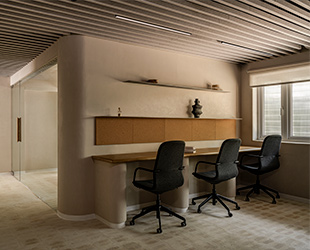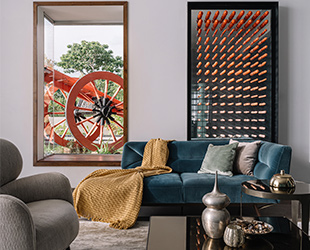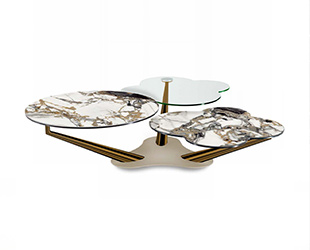Design
These buildings capture the architectural geometry of unusual facades from around the world
MAY 6, 2019 | By Aneesha Bhadri
One should not judge a book by its cover, but one invariably does. And why not, when the cover is a riveting masterpiece. Each country is unique, along with opportunities to immerse in diverse forms and silhouettes. A brick facade that strongly resembles a metallic grill, a home with dimensions that seem to defy gravity, an ‘ultra-thin’ library and more—we bring you some standalone structures from across the world with the most striking facades.
Christian Centre
In 1938, Huaxiang Church stood proud in Fuzhou. Its steeple was the only vertical structure that towered over a sea of traditional Ming-style residences. Today, it is lost in a maze of shopping malls and office blocks. The congregation decided to build a supportive community centre near the historical building. For the centre, INUCE used red granite similar to the old churches with the help of pebble-dash technique, a forgotten local architectural method of construction. Subtly folding its contours and verticality to mimic a continuous up-and-down movement, the volume is visually scaled down, allowing this seven-times larger structure to relate in proportion and silhouette to the small church at its side. The rooftop areas are conceived as publicly accessible, open-air amphitheatres. It serves as a viewing platform to enjoy an unobstructed view of the city’s historic district.
The Cabin
An adaptation of a gabled tower, the structure is the primary dwelling on a 46-acre parcel of land in the Rabbit Snare Gorge. It reaches above the forest canopy with two major viewing platforms, offering spectacular views. Being environment-conscious, the client wanted to preserve the ecology of the place. Omar Gandhi Architect Studio designed the tower with a weather-resistant facade to offer elevated views of the entire property and spaces within a minimal footprint. Local wood board cladding is used on the exterior of the cabin. The tall cabin combats the high winds through redundant sheathing—every solid plane, including the interior partition wall, contribute as shear walls, diaphragms and stacked compression rings. The structure is linked to the local vernacular by a number of elements—the archetypal gable and shed forms are combined to open views, emphasise the major interior spaces, follow the path of the sun and accentuate the verticality of the tower, while efficiently shedding snow and rain.
Copenhagen Kindergarten
This kindergarten, designed by COBE, comprises five small houses and roof gardens. The unique and eye-catching brick facade is a reference to the area’s red brick buildings. Located in a historic area of Copenhagen consisting predominantly of nursing homes and senior housing, they wanted to ensure harmony between the historical area and the new build. The facade of the daycare centre consists of vertical brick lamellae that wrap around the entire structure like a band lending a protective cover to the centre, garden and playground. The structure serves several functions—fence for the playground, protective cover on roof and screen in front of the windows.
The Hive
Studio 512, an architectural design and construction firm in Austin created this 550 sq ft apartment—a building tailormade to its inhabitants. Dutch and Japanese cultures, famous for structures built within spatial constraints, inspire the design. To tackle the issue of limited space and add volume where needed, the house was given angled walls. Kitchen walls lean out for increased counter space and in the bedroom, the width broadens at knee height to fit a queen mattress. This dynamic shape added volume to the overall space. A covered porch, an outdoor shower, a closet with stackable laundry and exterior bike storage under the staircase are all contained in the narrow area. Reclaimed cedar, charred wood flooring and stucco walls are other materials of choice used in the construction.
Tingbjerg Library and Culture House
The architects at COBE have created a new socio-cultural destination that invites community engagement. Inspired by Danish modernism, the Tingbjerg Library and Culture House resembles a large wedge-shaped shell with its narrowest part being only 1.5 metres wide. The transparent glass facade on the wide face of the wedge is inspired by the idea of the typeset case, where the building’s occupants can engage in diverse activities. The building’s cladding in yellow brick baguettes and its sloping roof pay homage to the historic surroundings. The interior is clad in warm plywood lamellas that form a dialogue with the brick baguettes outside. A seamless shell that attempts to blend in and, at the same time, challenge Tingbjerg’s materiality and formal expression—the library and culture house cuts a striking figure, indeed.
Treow Brycg
The fortress-like structure of Treow Brycg, designed by Omar Gandhi Architect Studio, is composed of two levels encased in a heavy steel wall and wood brise soleil. The home showcases stunning views of the sea, while maintaining a high level of privacy from neighbours and passers-by. One gets glimpses of it’s dark and imposing silhouette through the thick fog that is characteristic of Nova Scotian weather. A large terrace at the ground level encased in the canted wall and slatted screen hides a plunge pool and a fireplace that open up to the front facing view of the beach. On the second floor, the living space is contrastingly rich and warm with brass fixtures and a palette of light and dark wood tones. The brise soleil protects from prying eyes and the intense summer sun. A wall of windows flanks the ocean side of the residence, providing a glorious, uninterrupted view of the curvilinear beach.

